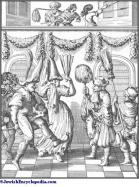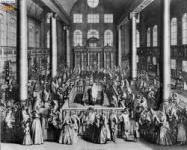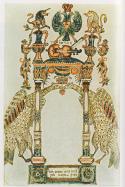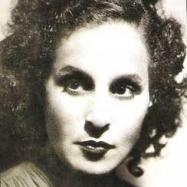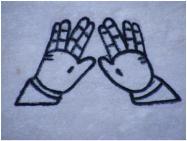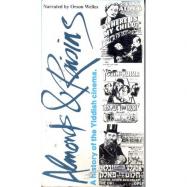(80 results found)
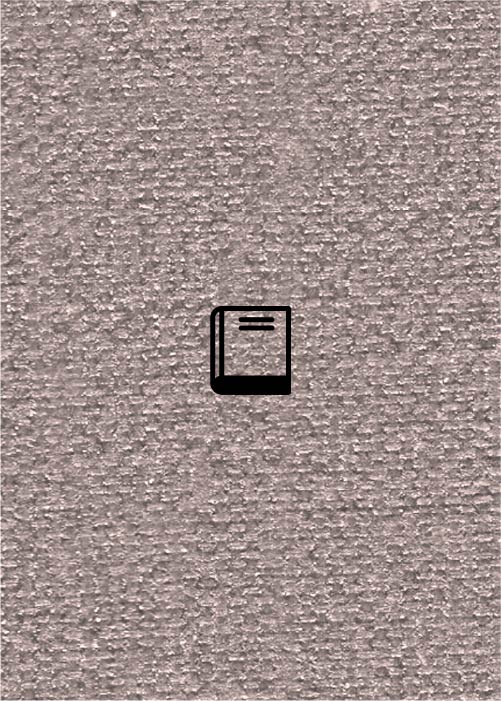
On a Particular Case of Tonal, Modal, and Motivic Components in Sources for Liturgical Music of East and West European Origins
… Union of Jewish Studies, Magnes … … 3 … 2009 … Eastern Ashkenaz … Western Ashkenaz … Ashkenazi liturgical music … Ashkenazi … Boaz …
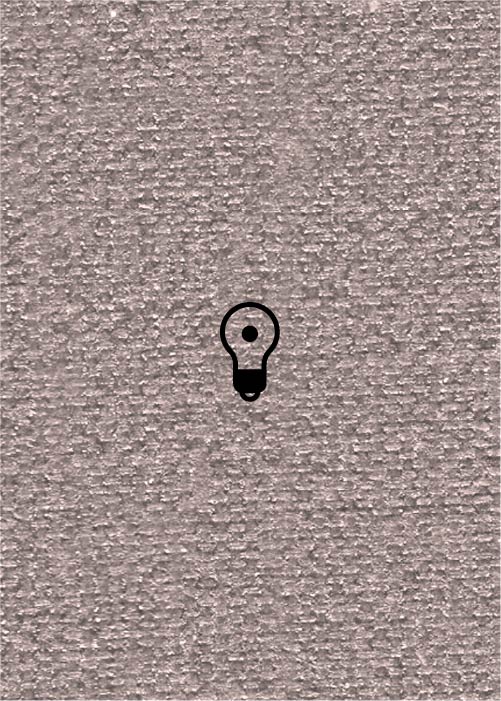
Sirba
… right, kick to the left. This dance pattern was alien to Ashkenazic dance, which preferred symmetrical … around 1920 [in NY]...[the]style shows the influence of Western art music and the pace is a bit slower than the …
Hag Purim – The story behind its melody
… the Song of the Month to a very popular Eastern European Ashkenazi melody that, in the early 1920s, was set by the … h ” prayer at the end of the Sabbath morning services in Ashkenazi synagogues, mainly outside of Israel, and some …
Dort wo die Zeder: A Forgotten Zionist Anthem in German
… its author) as well as Libushitzky’s Hebrew translation in Ashkenazi pronunciation. [2] The earliest Hebrew translation … in an article on the Zionist movement in Stryj/Stryi (in Western Ukraine). [7] More interesting however is the … … Rev. M. I. Broyda … Sehnsucht … Zionist anthem … “F..d” … Ashkenazi … Dort wo die Zeder: A Forgotten Zionist Anthem in …
The Portuguese Synagogue in Amsterdam
… in Holland in the 17 th century and quickly founded an Ashkenazi community that became the largest Jewish community … (Nusah) The synagogue conducts prayers according to the Western European Sephardic tradition, with minimal, late … style of this synagogue is the result of a mixture of Western and Eastern elements. A similar fusion is found in …
Yiddish Folksong (The Music of the Yiddish Folksong)
… main spoken language and language of oral creation of the Ashkenazi Jews of both Western and Eastern Europe, whereas in the latter region it … the folksongs of the Ashkenazi Jews bare resemblance to Western European folksongs, Slavic songs from different …
Brakha Tzefira
… by the girls with Sephardic origins, as well as that of the Ashkenazi teachers who came from a Western European background, to the oriental melodies. … the recognition of the acceptance of their own music among Western teachers. Her success in Shefeyah motivated her …
Priestly Blessing- Birkat Kohanim
… , he summarized the Halakhot that were customary for the Ashkenazi Jews in that period. His version would become the … Blessing is recited changes from place to place. The western Sephardic communities limited the blessing to the … the congregation recites the response verses. Central and Western Europe The Ashkenazis of Central Europe used to …
Almonds and Raisins
… from the film featuring a short segment from a Yiddish Western Film : … 9 … 34248 … … 1984 … Yiddish Films … … Moyshe … Orson Wells … Immigration … Cinema-Jewish … Ashkenazi … Almonds and Raisins …
Seliha-Selihot
… and these differ among the various Jewish communities. The Ashkenazi communities begin performing the service on the … Selihot are recited early in the morning, before dawn. In Ashkenazi communities, the first service on Saturday eve is … about 45 minutes to the prayer. Selihot Tradition at the Western Wall in Jerusalem Origin of the Selihot Service The …



